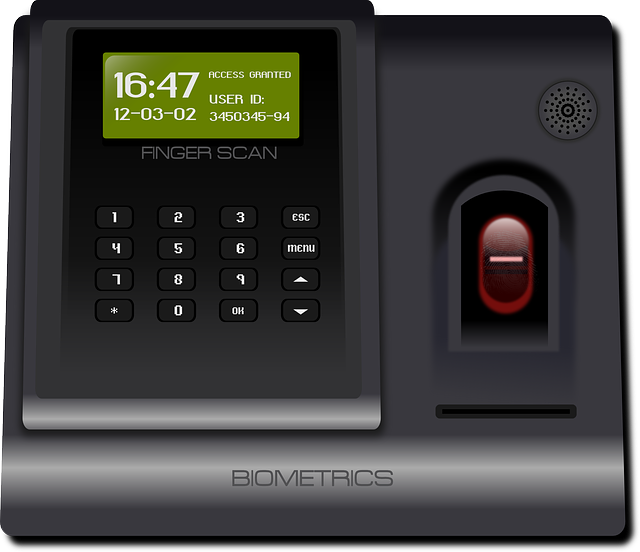Traditional house keys may soon go the way of rotary phones thanks to new lock technology. From fingerprint sensors to Bluetooth and Wi-Fi enabled systems, keyless entry products are rapidly transforming the way Americans secure the doors to their homes. Are these easy-access locks the right choice for you? If you’re not comfortable with technology, they probably won’t be. However, if you have no problem programming your DVR, universal remote and household thermostat, a keyless lock may be a good option.
Types of Keyless Locks Available Now
- Biometric locks recognize your fingerprint, allowing you to unlock your home with a swipe of your finger. This type of keyless lock requires you to program it with your fingerprint as well as those of the rest of your family or others you want to allow to access your home.
- Proximity locks use RFID technology and work with a key fob that you carry with you. Much like electronic car door locks, you can unlock or lock them with a press of the fob button. Some don’t require you to remove the fob from your pocket or purse first, either—a handy feature if you regularly enter or exit your home after dark or often have your hands full.
- Smartphone-controlled locks synch with your mobile phone via Bluetooth. This allows you to control entry to your home remotely as well as track who is coming and going. Some of these locks will actually text you when someone else opens your home’s door. Others will automatically unlock your door when you approach it.
- Keypad locks, the earliest type of keyless locks available for homes, are still a good option as well. They all require you to program an entry code, though newer, more complex models may allow you to have individual codes for specific people or even program a greeting that will play when the door is unlocked. Surveillance varieties take photos of whoever opens the door.
Prices for electronic door locks range from $100 to more than $1,000, depending on the type of lock and features included. While they can make entering and exiting your home easier—unless there’s a power outage or the circuit board fails—they aren’t necessarily more secure than traditional keyed locks are.
Burglars generally enter homes through unlocked doors or windows or by forcing open a window or door. If security is your main concern, you’re probably better off investing in solid wood or steel exterior doors rather than the latest electronic lock technology. Door jams reinforced with steel plates will also make it more difficult for an intruder to kick in the door.
Whether you opt for traditional keys or a new, high tech electronic lock for your home, it’s important your property is adequately insured in the event of a break in. If you don’t currently have homeowner’s or renter’s insurance, talk to an insurance professional about your options. If you already have a policy, it’s wise to review your coverage at least once a year and make appropriate adjustments.

